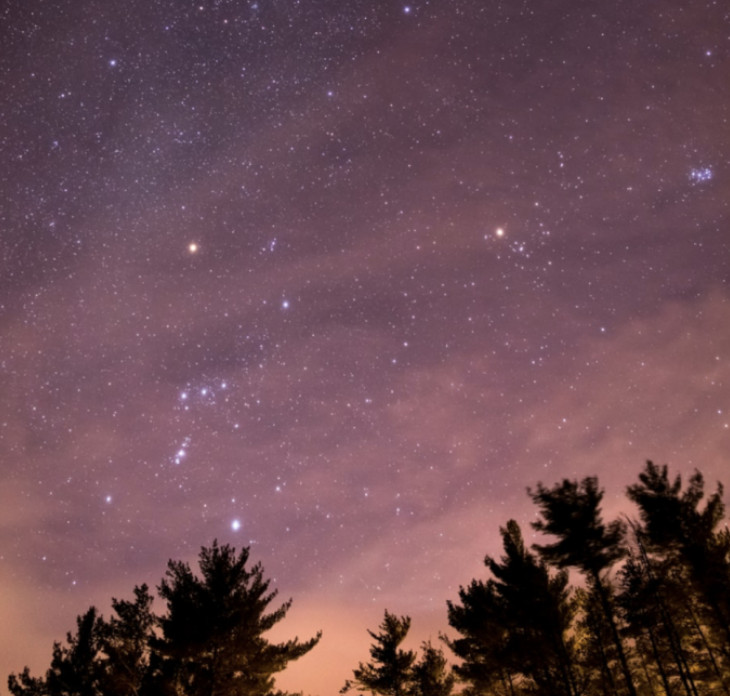Look up at the sky on a clear night away from the city, and you’re bound to see hundreds of stars dotting the night sky, creating yet another of nature’s breathless wonders. Because of its beauty and mystery, the night sky and its stars have been studied for much of human existence. In nearly all ancient societies, the stars and their movements were of great cultural significance. Groups of stars, or constellations, were used in many different ways – they were seen as God’s way of telling stories, they helped farmers know when to plant and harvest, and they helped sailors find their way in the oceans. The first constellations were recorded on the walls of caves about 17,300 years ago. Thousands of years later, the ancient Greeks built on the works of the civilizations before them – the Babylonians, Egyptians, and Assyrians. In the present day, we have an official list of 88 “modern” constellations recognized by the IAU, or the International Astronomical Union.
It’s obvious that they have a large significance in human history that continues up to the present day. Most can easily find the Big Dipper or Orion’s belt, two well-known constellations. We hear about the fortunes associated with the astrological signs. And we still look to the sky because of its beauty and magnificence.
But how did these constellations come to be in the first place? Why did ancient humans thousands of years ago decide upon these specific groups of stars? A team of science researchers decided to find out. They studied how the eye might travel randomly across the night sky. The human eye moves in discrete jumps, called saccades, from one point to another. These researchers created a simulation of the lengths of these saccades with the basic details (mainly apparent distances between stars and star brightness) of the night sky as seen from Earth. Through this technique, the scientists could reproduce individual constellations. When they mapped the entire sky, their simulation created groups of stars that tended to align with the 88 IAU recognized constellations. The scientists reported their findings this March at an online meeting of the American Physical Society.
Ancient people from all different types of cultures connected similar groups of stars without ever consulting each other. According to the researchers, “there are some fundamental aspects of human learning…that influence the ways in which we organize information.” Not only do these findings open the door to other fundamentals of human learning, but they add an even greater significance to the amazing history of our night sky. The next time we look up at the stars, looking for the groups of stars that we call constellations, we are doing an act ingrained within our human biology, and an act that countless have done before us, and that countless will continue to do.
Conover, Emily. “Here’s Why Humans Chose Particular Groups of Stars as Constellations.” Science News, 29 Mar. 2021, www.sciencenews.org/article/why-humans-chose-particular-groups-stars-constellations.
The Constellations, www.pas.rochester.edu/~blackman/ast104/constellations.html.
“International Astronomical Union.” IAU, www.iau.org/public/themes/constellations/.
Krco, Marko. “What Are Constellations Used for? (Intermediate).” Curious.astro.cornell.edu, curious.astro.cornell.edu/about-us/117-the-universe/stars-and-star-clusters/constellations/375-what-are-constellations-used-for-intermediate.
“Motion of the Stars.” Understanding Astronomy: Motion of the Stars, physics.weber.edu/schroeder/ua/StarMotion.html.

